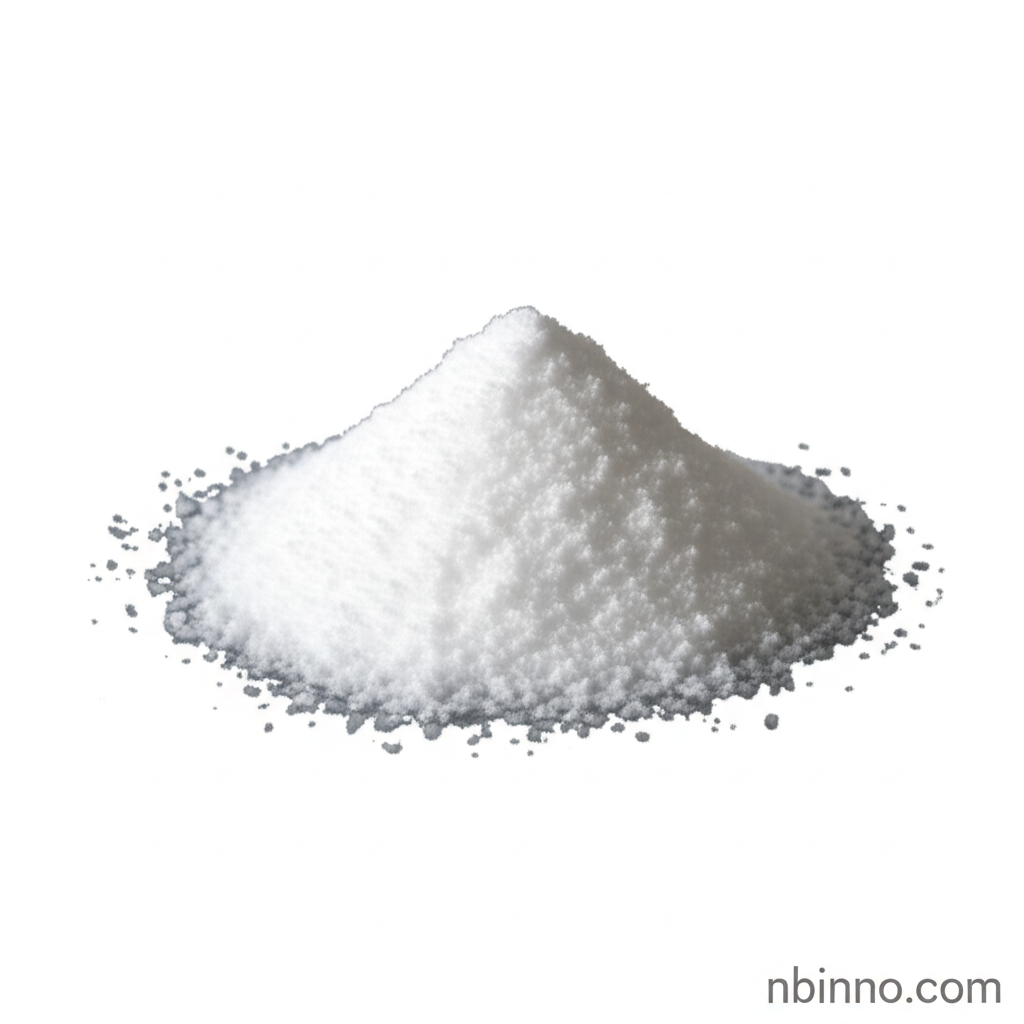Ethirimol: A Comprehensive Overview of its Properties, Applications, and Biological Activity
Understanding the efficacy, safety, and environmental impact of a key agricultural fungicide.
Get a Quote & SampleProduct Core Value

Ethirimol
Ethirimol is a systemic fungicide that offers both protective and curative actions, primarily targeting powdery mildew in cereal crops such as barley, wheat, and oats. Its versatility in application methods, including seed dressing, foliar spray, and direct soil application, makes it a valuable tool in crop protection. Research into ethirimol's environmental persistence and toxicity is ongoing, alongside studies on ethirimol resistance development in fungi, highlighting the dynamic nature of agricultural pest management.
- Ethirimol's application in crop protection extends to seed treatments, offering early-stage defense against soil-borne pathogens.
- The ethirimol fungicide mechanism of action involves the inhibition of essential fungal processes, contributing to its effectiveness.
- Understanding ethirimol residue analysis in crops is crucial for ensuring food safety and regulatory compliance.
- Ongoing studies explore the ethirimol vs bupirimate comparison, revealing differences in their properties and metabolic pathways.
Key Advantages and Features
Broad-Spectrum Efficacy
Ethirimol effectively combats a range of fungal diseases, particularly powdery mildew, a common threat to cereal yields. Research into ethirimol biological activity against powdery mildew showcases its targeted effectiveness.
Versatile Application Methods
The ability to apply Ethirimol as a seed dressing, foliar spray, or soil treatment allows for flexible disease management strategies, adapting to different farming practices and crop stages.
Systemic Action
As a systemic fungicide, Ethirimol is absorbed by the plant and translocated, providing protection to new growth and offering more comprehensive disease control than contact fungicides.
Key Applications
Cereal Crop Protection
Ethirimol is widely used to protect grains like barley, wheat, and oats from fungal diseases, crucial for maintaining crop yield and quality.
Seed Treatment
Applying Ethirimol to seeds provides an initial protective barrier against early-season fungal infections, promoting healthy germination and seedling establishment.
Integrated Pest Management (IPM)
While effective, understanding ethirimol health risk assessment is vital for its role in IPM, requiring careful consideration of its environmental and toxicological profiles.
Agricultural Research
The compound serves as a subject in academic studies, investigating ethirimol resistance development in fungi and its long-term ecological impact.
